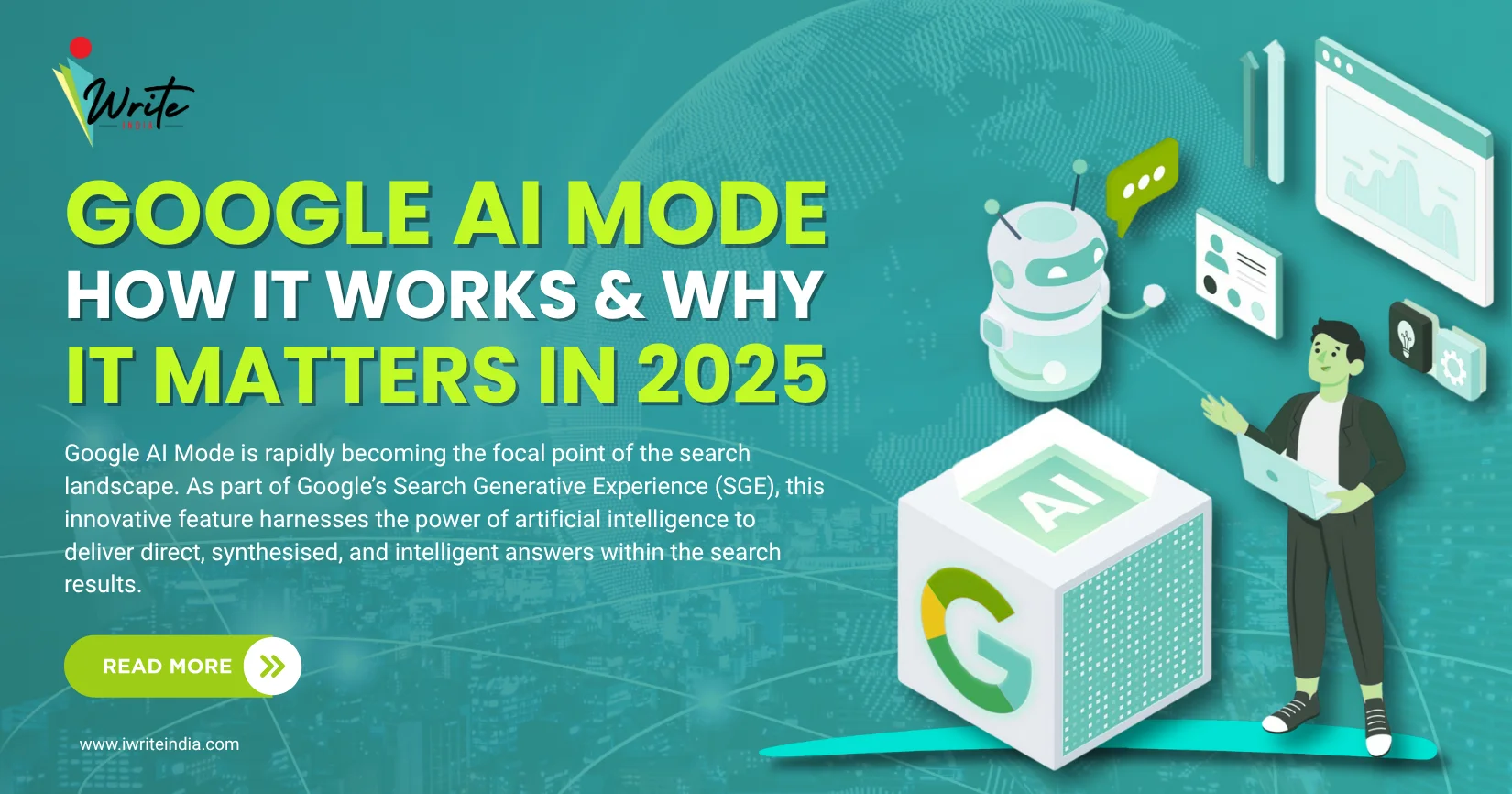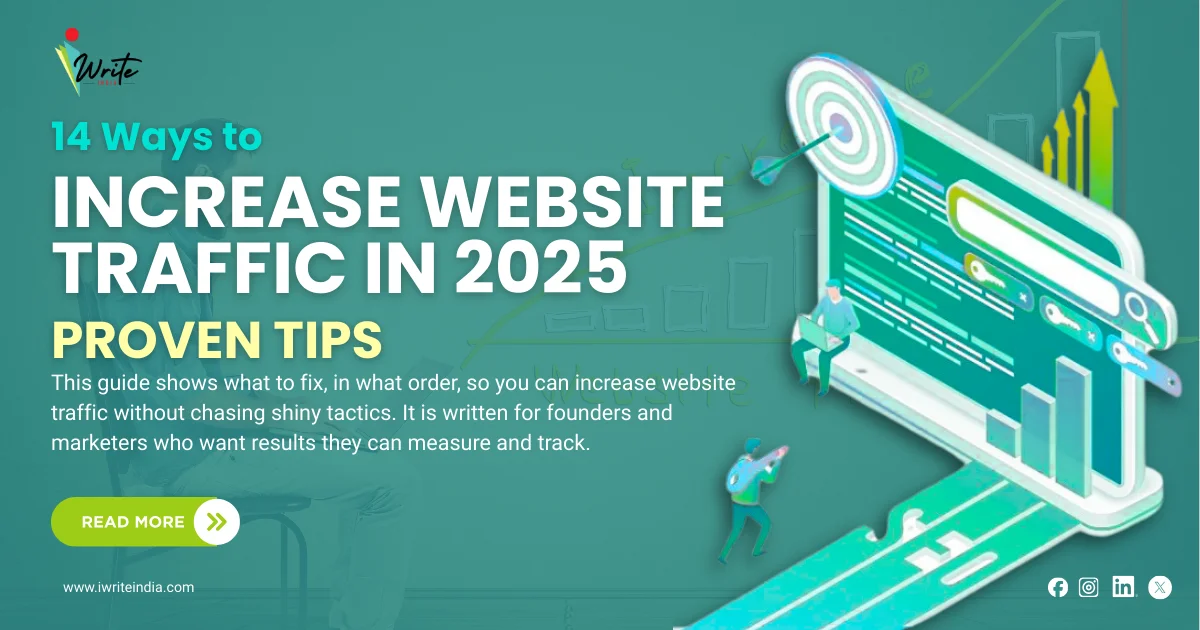|
Getting your Trinity Audio player ready...
|
Google AI Mode is rapidly becoming the focal point of the search landscape. As part of Google’s Search Generative Experience (SGE), this innovative feature harnesses the power of artificial intelligence to deliver direct, synthesised, and intelligent answers within the search results. For businesses, this isn’t just a new update, it’s a complete transformation of how content is ranked, read, and referenced.
You must understand this transformation if you want to stay ahead in the digital landscape.
When a user types a query, Google AI Mode scans multiple high-quality sources and combines the most relevant insights into a concise, conversational answer. This makes the search process faster and more helpful, but also changes the way brands must approach SEO in 2025.
Unlike traditional search, where ranking in the top 10 was the top priority, visibility in AI-generated summaries is now the top priority. Understanding and preparing for how Google AI Mode works is vital if you want your business to stay visible, competitive, and discoverable.
What Is Google AI Mode?
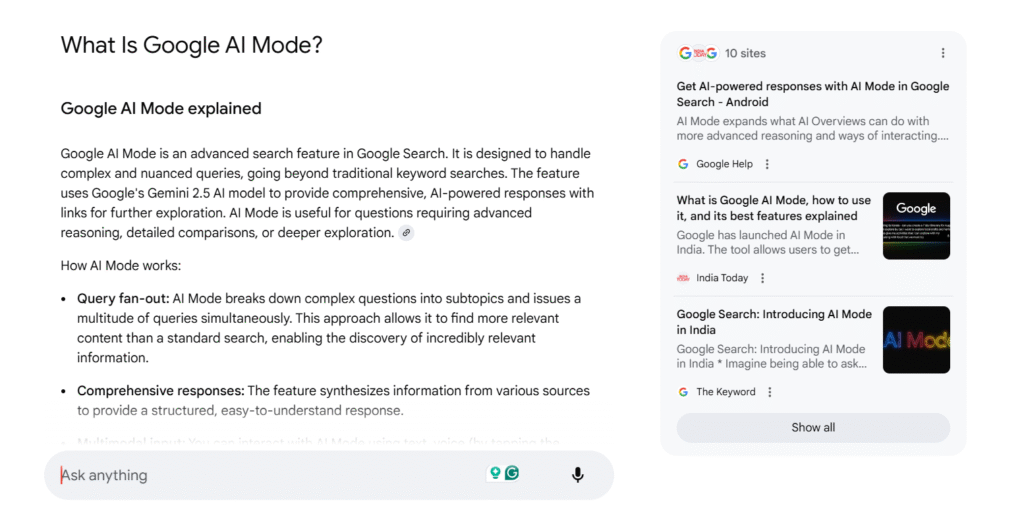
Google AI Mode is an advanced, AI-powered search system that delivers summarised responses directly in search results. It uses machine learning and large language models to understand user queries better, fetch relevant information from multiple sources, and display a combined result that’s easy to read and act on.
This reduces the time users spend scrolling through links and creates a smarter, faster path to answers. For instance, if someone searches for “best CRM tools for small businesses,” they’re now likely to see an AI-generated panel summarising the top platforms, pros and cons, pricing tiers, and user reviews. The links still exist, but the AI summary becomes the default answer for users.
How Google AI Mode Works Behind the Scenes
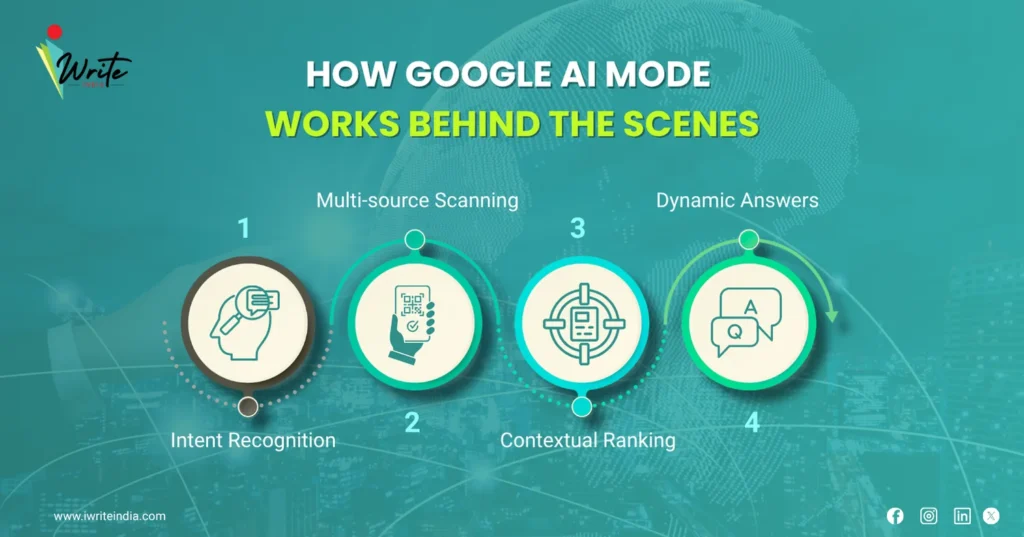
To truly prepare your content for Google AI Mode, you need to understand how the system processes queries and surfaces information. The process generally includes:
1. Intent recognition: The AI deciphers what users really want to know, even from vague or conversational searches.
2. Multi-source scanning: It pulls insights from blogs, news sources, product listings, videos, and forums.
3. Contextual ranking: Instead of showing single URLs, Google AI Mode prioritises content that adds value and relevance in context.
4. Dynamic answers: Depending on the topic, the summary may include follow-up prompts, visuals, charts, or carousels.
This means content must be designed for clarity, authority, and trust, not just keyword stuffing or backlink building.
Why Google AI Mode Changes SEO Strategy
For marketers, publishers, and business owners, the introduction of Google AI Mode marks a significant shift. Instead of the traditional focus on ranking, your strategy now needs to pivot towards inclusion in AI-generated answers. This shift is not a future consideration, but a present reality that demands immediate attention.
Here’s what that looks like in action:
1. Authority-Rich Content Wins
Sites that show depth across a topic tend to be prioritised. Google AI Search favours domains with clusters of related content that reflect topical authority.
2. Clear, Structured Writing Is Essential
The AI extracts insights more efficiently from well-organised blogs. Use headings, summaries, and FAQ sections to make your content scannable and snippet-ready.
3. Natural Language Optimisation Matters
Search queries are increasingly conversational. Optimising for long-tail, question-based phrases is more important than ever.
4. Updates, Expertise, and Trust Are Key
Outdated content is far less likely to be pulled into AI responses. Make sure your content reflects current data and clearly shows who the author is, especially for medical, legal, or financial topics.
5. Traditional Rankings Still Count, But Less So
Even though AI panels dominate, traditional results haven’t disappeared. A blended strategy covering both formats will help you maintain visibility.
Google AI Mode and the Rise of Conversational Search
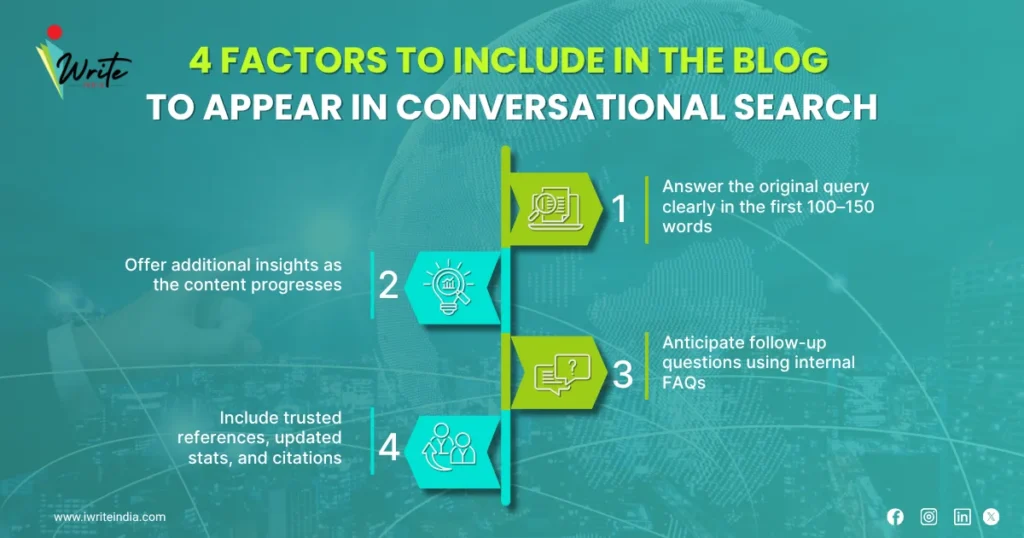
As users begin interacting with Google like a chatbot, asking follow-ups, making clarifications, or refining their questions, content must be prepared to answer in that same natural, helpful tone.
This means your blog should:
- Answer the original query clearly in the first 100–150 words
- Offer additional insights as the content progresses
- Anticipate follow-up questions using internal FAQs
- Include trusted references, updated stats, and citations
By aligning your content with how AI in Google Search interprets intent and delivers answers, you increase your chances of being featured prominently.
Using Google AI Mode to Gain a Competitive Advantage
Forward-thinking brands and marketers are already adapting their strategies to work in harmony with AI in Google Search. If you can become a preferred source for Google’s AI engine, you earn instant credibility and traffic from high-intent users.
Industries like healthcare, SaaS, finance, logistics, education, and D2C are seeing the most impact. If your business operates in one of these sectors, it’s time to re-evaluate how your website content is planned and published.
How iWrite India Helps You Rank in Google AI Mode
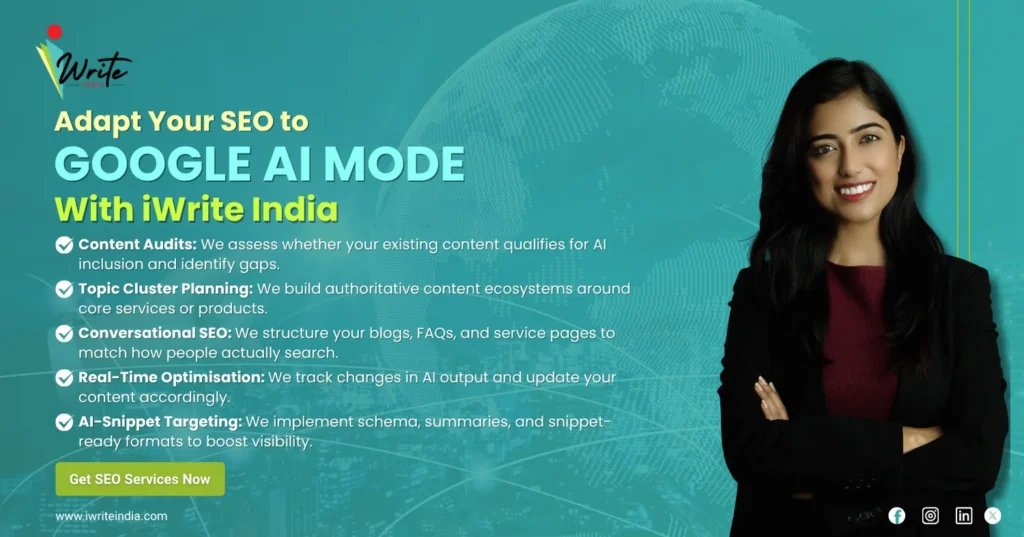
Adapt Your SEO to Google AI Mode With iWrite India
As a leading SEO Agency in Delhi, iWrite India helps brands across industries align their digital presence with the future of search. Here’s how we can help:
- Content Audits: We assess whether your existing content qualifies for AI inclusion and identify gaps.
- Topic Cluster Planning: We build authoritative content ecosystems around core services or products.
- Conversational SEO: We structure your blogs, FAQs, and service pages to match how people actually search.
- Real-Time Optimisation: We track changes in AI output and update your content accordingly.
- AI-Snippet Targeting: We implement schema, summaries, and snippet-ready formats to boost visibility.
Don’t just rank — be seen, selected, and trusted. Let iWrite India position your brand for the AI future of search.
FAQs About Google AI Mode
Q1: What is Google AI Mode, and how does it affect SEO?
Google AI Mode is an AI-enhanced search feature that summarises answers from multiple sources directly in search results. It affects SEO by shifting the focus from just rankings to being featured in AI-generated answers. Brands must now optimise for authority, clarity, and conversational relevance to stay competitive.
Q 2: Is Google AI Mode available worldwide?
As of mid-2025, Google AI Mode is active in the US, India, and several other English-speaking countries. Google plans to expand it globally by early 2026, with more languages and region-specific models in development.
Q 3: How can I make my content AI-friendly?
To optimise for Google AI Search, focus on clear structure, in-depth content, trusted sources, and natural keyword usage. Add FAQs, use heading tags, and refresh older content regularly.
Q 4: Why does my content not appear in Google AI Mode results?
If your content lacks topical depth, isn’t updated, or doesn’t match the query intent well, it may be overlooked by the AI model. Technical SEO issues or a lack of structured data may also reduce visibility.
Q 5: Can a local SEO agency help with Google AI Mode optimisation?
Yes, a specialised SEO Agency in Delhi, like iWrite India, can create, optimise, and monitor content tailored for AI-driven search, ensuring you gain visibility across both AI panels and organic listings.

